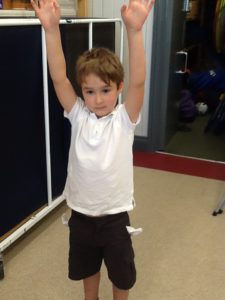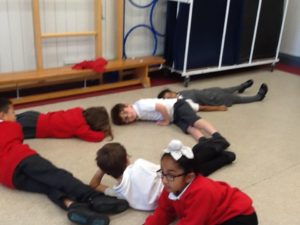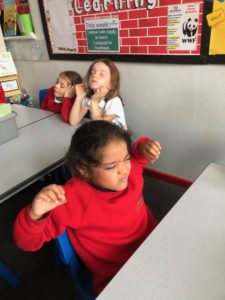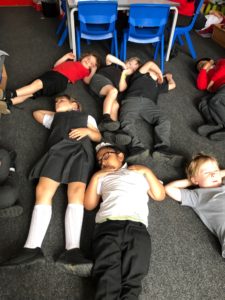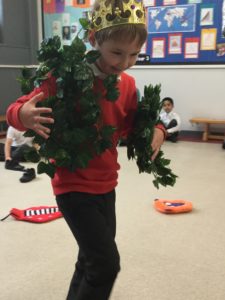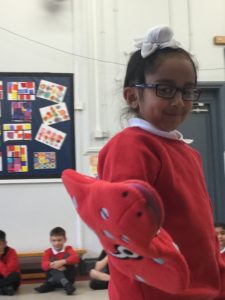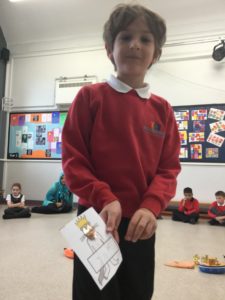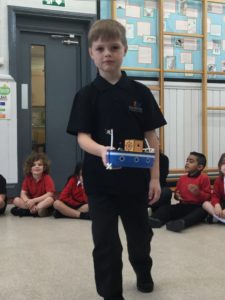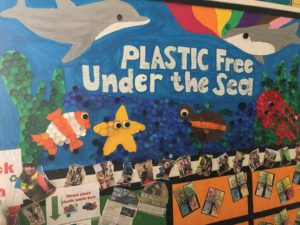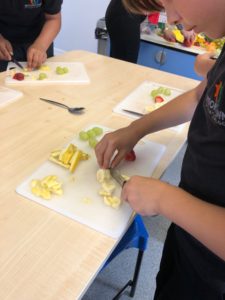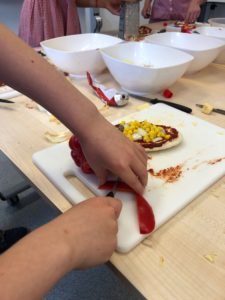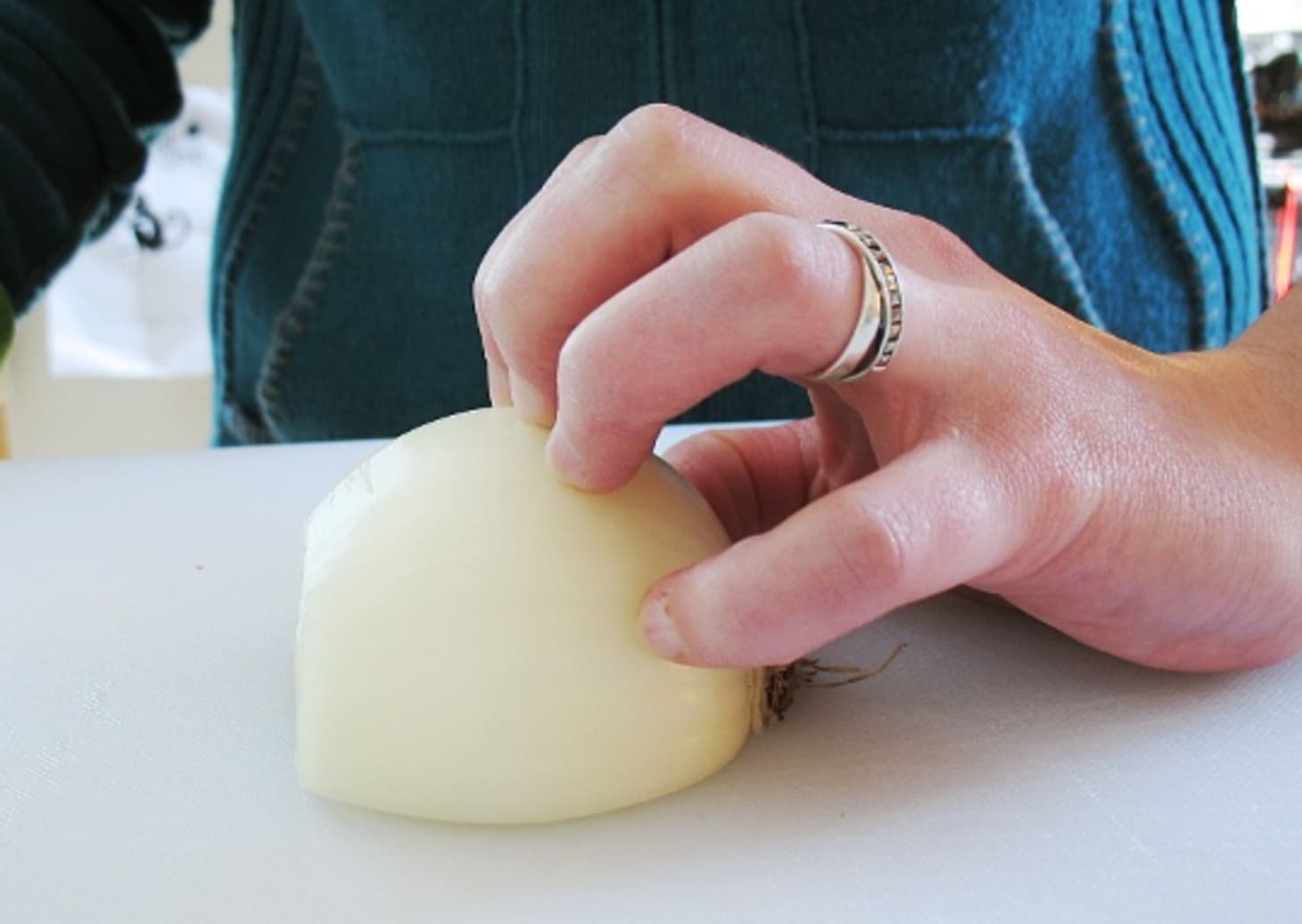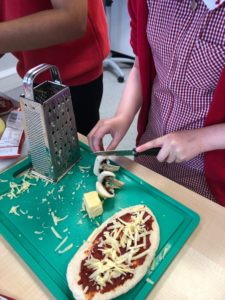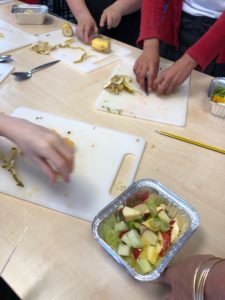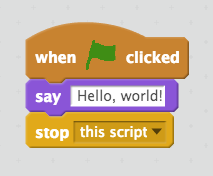Our current topic, ‘Where the Wild Things Are,’ is primarily driven by design and technology. This is our main focus but we also incorporate many other subject areas into our learning.
The age related expectations for Year 2 children is to be able to:
Skills
- generate, develop and communicate ideas in different ways (eg by talking, drawing)
- design purposeful, functional, appealing products based on given design criteria
- select from and use a range of tools and equipment to perform practical tasks [eg cutting, shaping, joining and finishing]
- select from and use a wide range of materials and components, including construction materials and textiles
- explore and evaluate a range of existing products
- evaluate my ideas and products against given design criteria.
Knowledge - know that products are designed
- know, through exploration, how products can be made stronger, stiffer or more stable
In the story, Max sails away in a boat to where the wild things are. The image below has inspired us to make our own boats.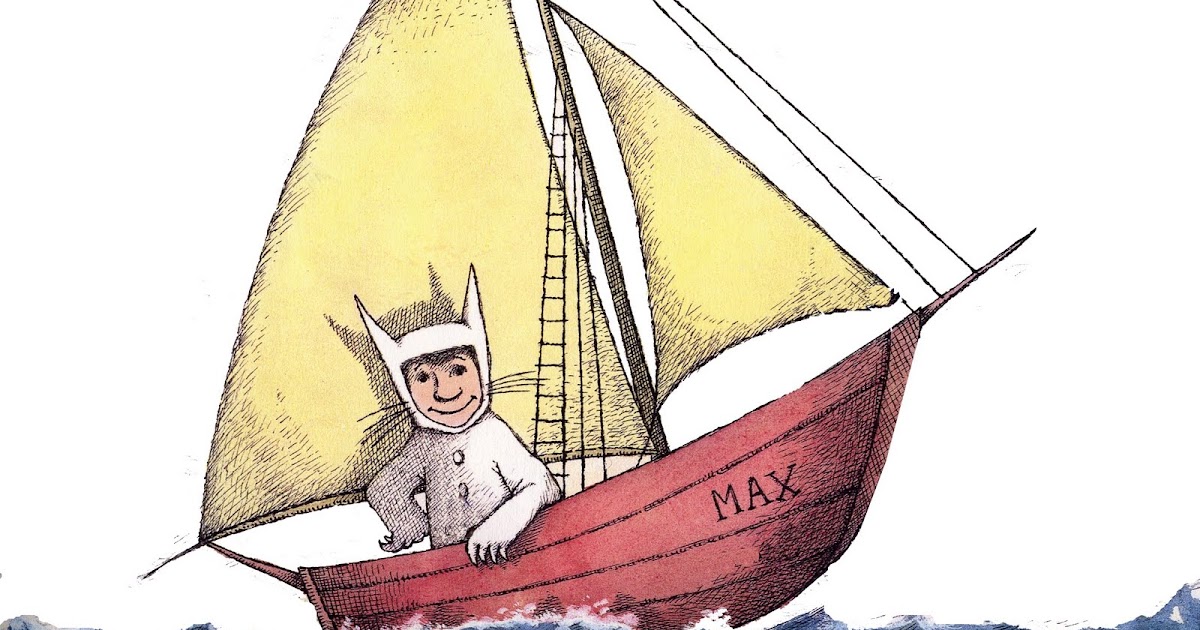
We have looked at existing boats, made shapes for the bottom and sides using playdough, completed some observational drawing and created Lego boats.














Today, the children thought about different joining, fixing and attaching methods. After experimenting with joining techniques, Year 2 were asked to note down the strongest and weakest ways of joining materials.
I thought the blu tack was the weakest because the materials didn’t stick together. It was too soft.
I’m going to use the tacks for my boat. They held the materials together and were solid.
The pins would help my boat to be stable.
Cello tape might go soggy when it gets wet. My boat wouldn’t float.


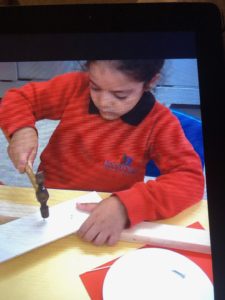


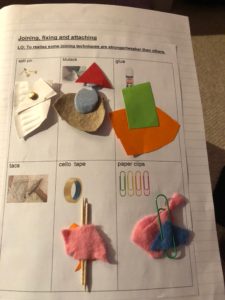


Having explored all of the above, Year 2 are now ready to design and construct their own boats.
Finally, the children decided a design criteria for their own models.
• The boat can float.
• The boat has a triangular sail.
• The boat is sturdy and stable.
• The boat can hold one Lego person.












